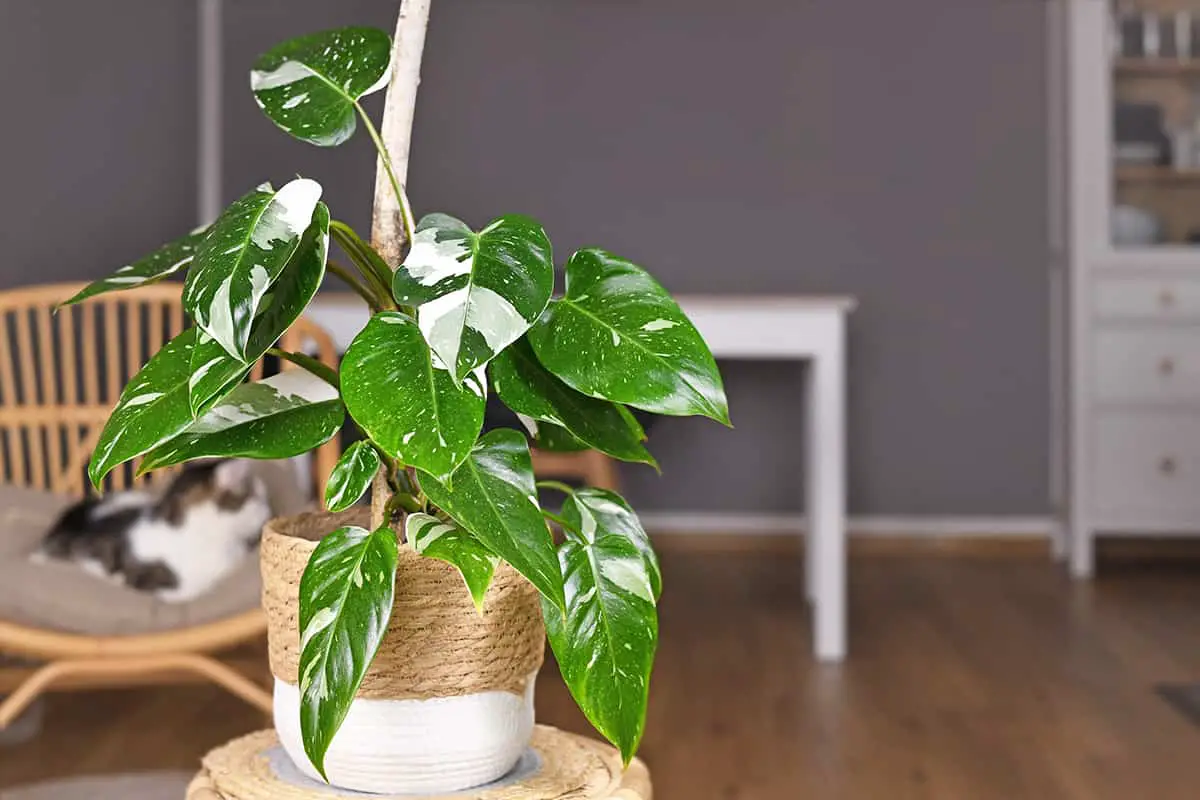You just received a White Princess Philodendron as a gift. Its striking leaves, marked with splashes of white against a deep green, catch the light in your living room. You’re eager to see it thrive, but as you look closer, you realize caring for such a unique plant might require a bit more know-how than your usual houseplants. Here’s how to ensure your White Princess remains as vibrant as the day you received it.
Table of Contents
Light
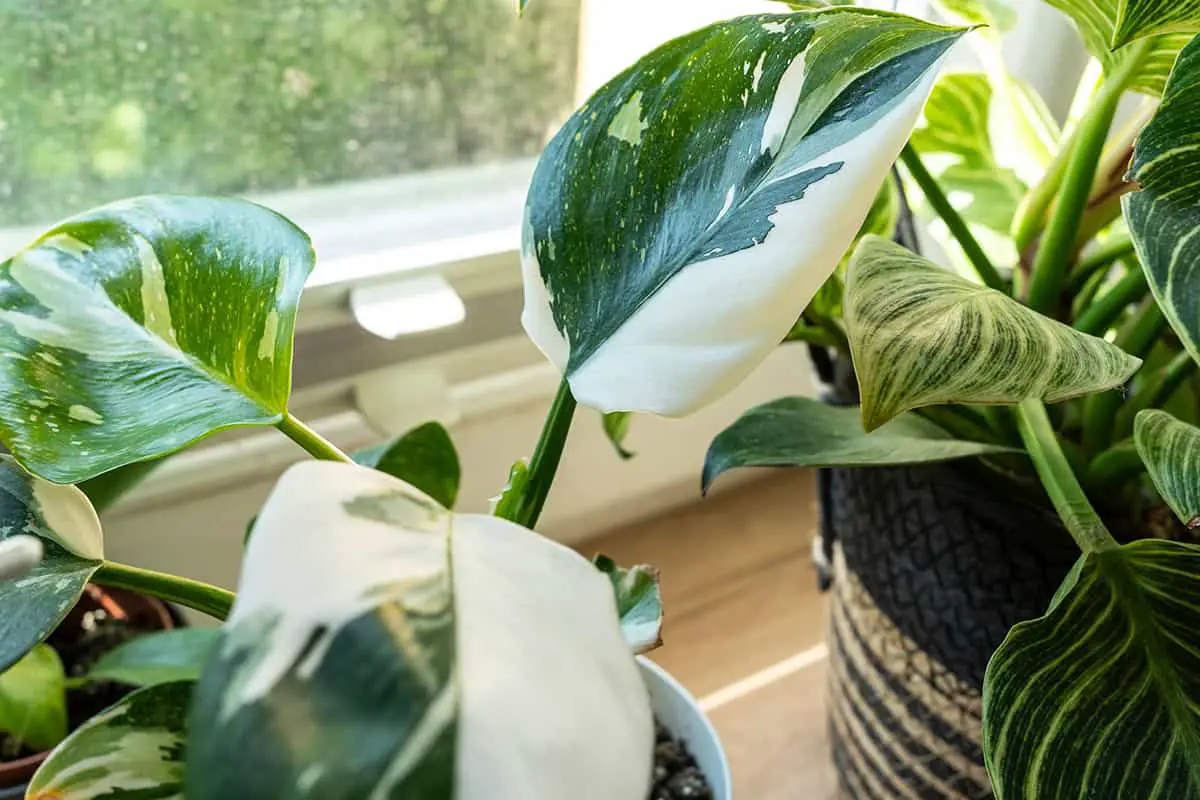
White Princess Philodendrons require bright but indirect light for optimal growth. In the beginning, you should ensure that your plant receives filtered sunlight. The best way to provide this is by placing it near a window covered with sheer curtains or a room with natural light.
Remember: too much direct sunlight may burn the leaves, and dim light can slow the growth. It’s important to find a balance. A useful tip for achieving proper light exposure is rotating your White Princess Philodendron among different spots periodically. This will ensure not only consistent light exposure, but also the uniform growth of the plant.
Your White Princess Philodendron should be assessed occasionally to ensure its light conditions remain adequate. If you notice its leaves turning yellow, it may be getting too much light. If they are turning dark green or appear elongated, the plant may need more light.
Soil
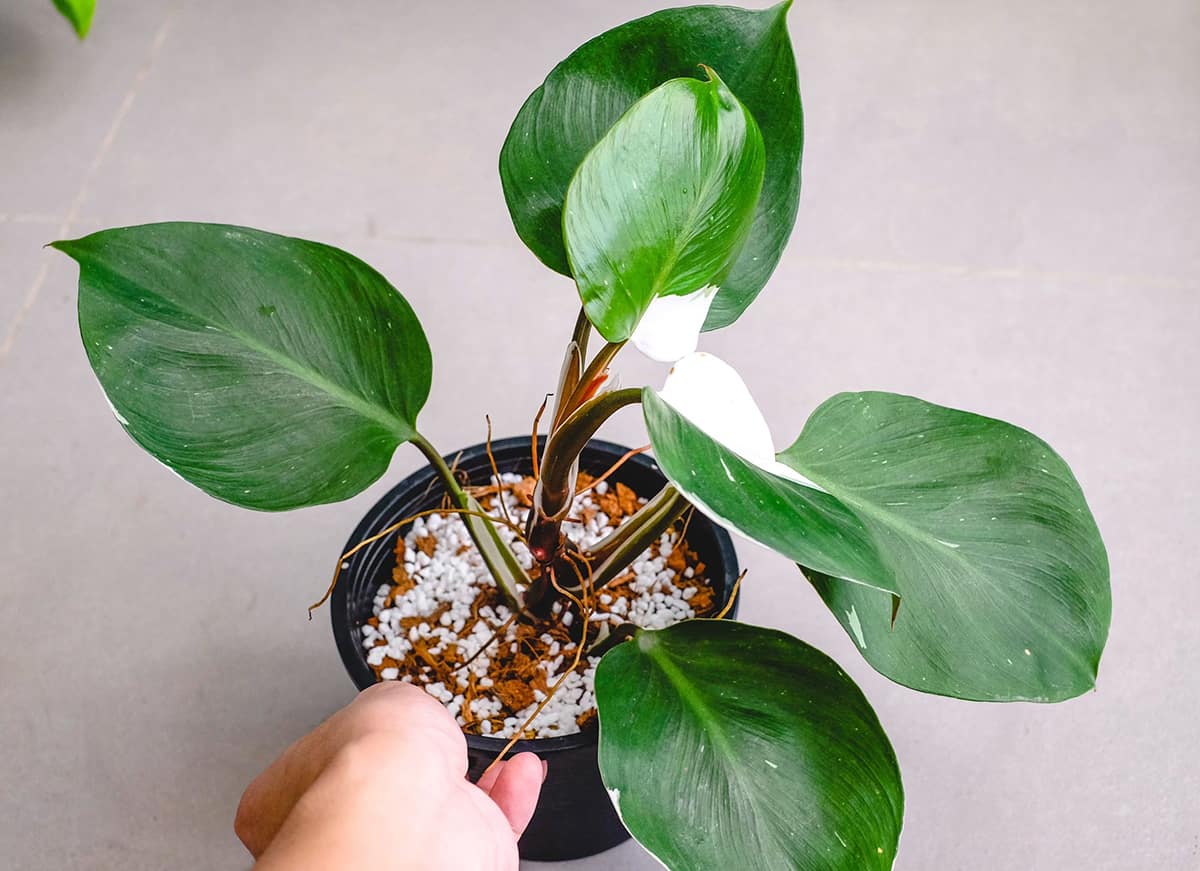
A well-draining, peat-based potting mix is ideal for this plant. You can create your own mix by combining two parts peat moss, one part perlite, and one part coarse sand. This ensures your plant will have a healthy environment for proper growth.
In addition to drainage, pay attention to soil acidity levels. White Princess Philodendron prefers slightly acidic to neutral soil, with a pH between 5.0 and 7.0. Test your soil’s pH using a testing kit, available at gardening stores. Based on the results, you will be able to adjust the pH by adding acidic materials, like peat moss, or alkaline materials, like crushed limestone, as needed.
Watering
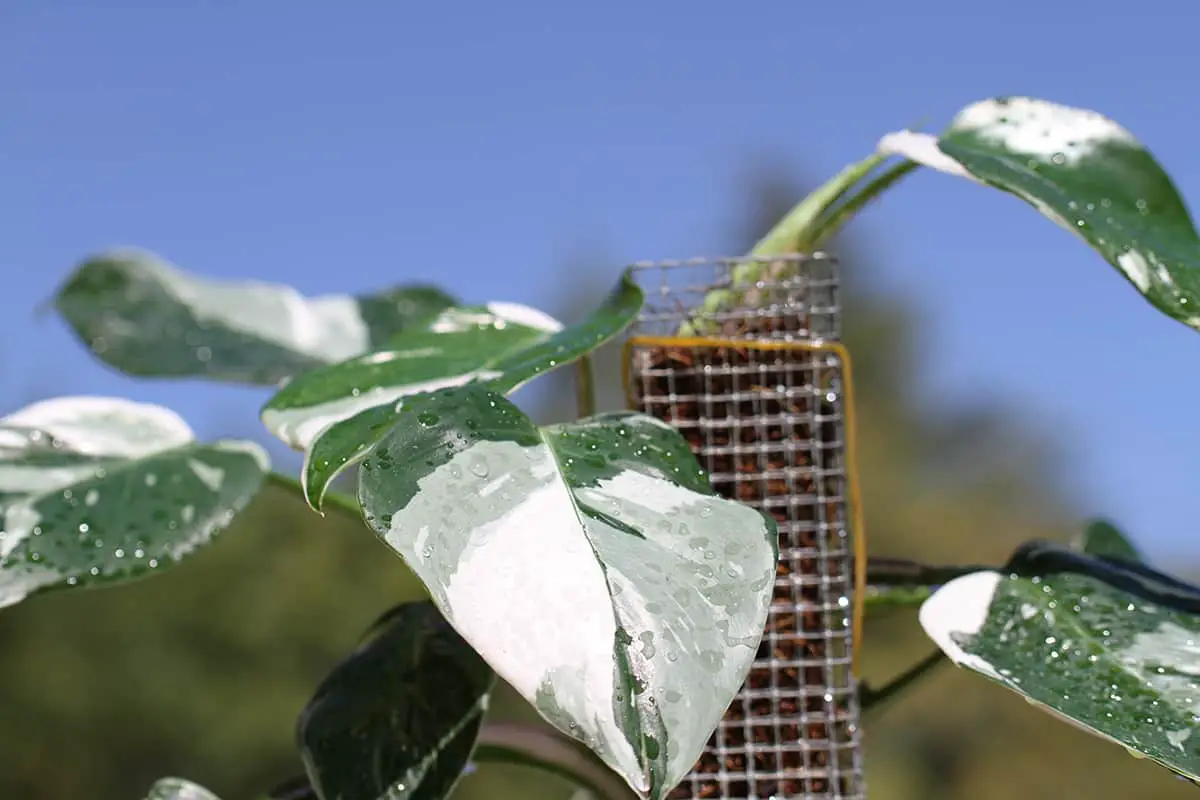
Take care not to overwater, as this can make the roots rot and damage your plant.
Start by checking the top layer of soil. A rule of thumb is to water only when the top inch of soil feels dry to touch. This way, you can avoid drowning the roots and the plant can absorb the needed nutrients.
When watering your White Princess Philodendron, make sure to use lukewarm water. Room temperature water prevents shock to the roots. Typically, your plant will enjoy a more consistent watering routine during the warmer months. In cooler months, reduce watering frequency.
Finally, always empty the tray under the pot after watering. This practice prevents excess water from sitting in the tray, which can cause root rot.
Temperature and Humidity
Ideal temperatures for White Princess Philodendron range from 65 to 80 degrees Fahrenheit. Make sure to place your plant in a spot with a stable temperature. Avoid placing it near drafty areas, such as open windows or air conditioning vents.
To maintain proper humidity for your White Princess Philodendron, aim for a humidity level above 40%. You can achieve this by placing a tray filled with water and pebbles underneath the plant. As the water evaporates, it will increase the humidity in the immediate vicinity of the plant.
Another way to boost humidity is to mist your plant regularly. Use a spray bottle filled with water to gently mist the leaves once or twice per week. This will not only help maintain the humidity but also keep the leaves clean and dust-free.
Fertilizer
It is imperative to use a balanced all-purpose fertilizer for your plant. This means you should look for a product with an equal ratio of nitrogen, phosphorus, and potassium (N-P-K). For instance, 10-10-10 or 14-14-14 fertilizers are great options for your White Princess Philodendron.
When it comes to frequency, the general rule is once or twice a month during the growing season (spring and summer). In other seasons, you can reduce fertilization to every two months. Remember not to overdo it; less is more when it comes to fertilizing philodendrons.
Additionally, follow the manufacturer’s instructions on the fertilizer package regarding dilution and application.
Propagation
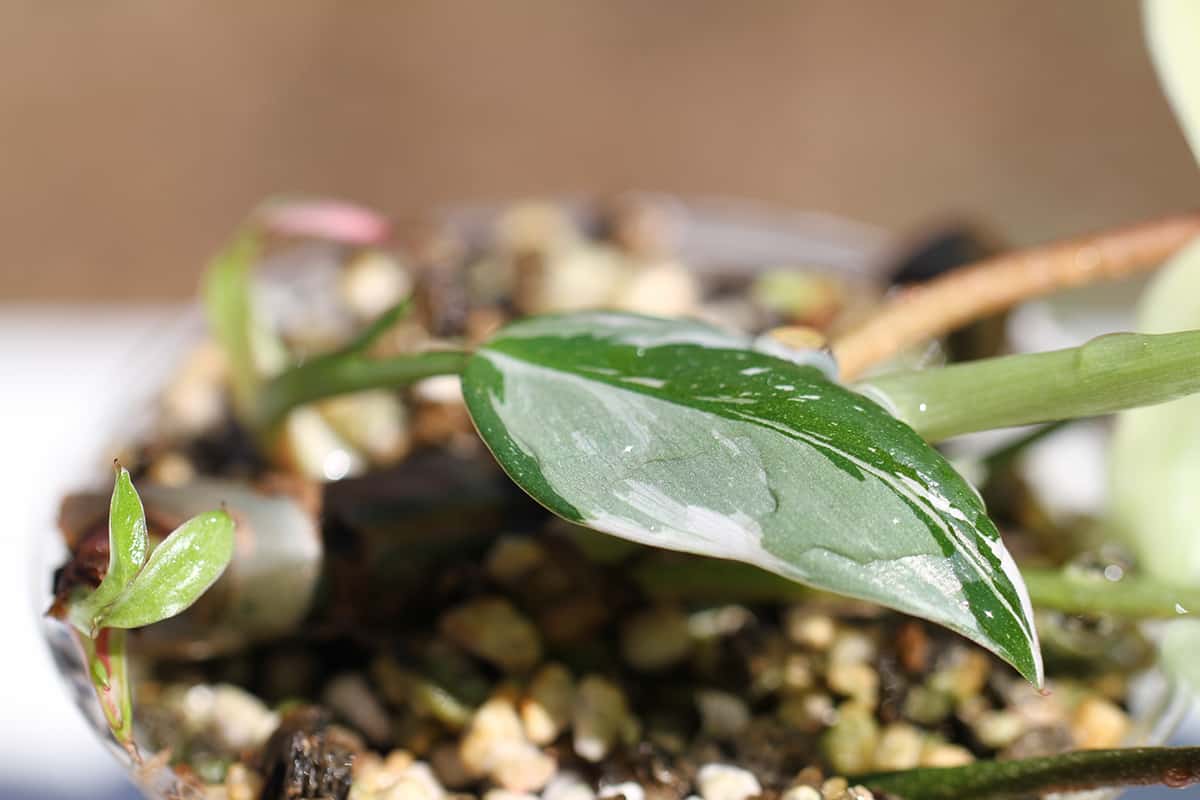
The White Princess Philodendron is a beautiful and unique plant, and propagating it is a simple process. To begin, choose a healthy stem from your plant. Make sure it is about 3 to 6 inches long and has at least one or two leaves.
Using a sharp, clean knife, cut the stem at a 45-degree angle just below a node. The node is the part where the leaf meets the stem. The angled cut helps facilitate rooting. Remove the lower leaves from the stem, leaving the top one or two leaves.
To encourage root growth, dip the cut end into rooting hormone powder. Alternatively, you can use a rooting media, such as perlite or well-drained potting soil. Insert the cut end of the stem into the medium, and gently firm the soil around it.
Place the cutting in a warm spot with plenty of indirect sunlight. A temperature range of 65 to 80 degrees Fahrenheit is ideal for philodendron growth. Keep the soil moist but not soggy to promote root development.
In about three to four weeks, the cutting should develop enough roots to be transplanted. Once your White Princess Philodendron has established roots, you can replant it in a larger pot and continue to care for it in the same way as your original plant.
Pruning
Pruning your White Princess Philodendron promotes a bushier, more compact growth habit. It’s essential not only for the plant’s appearance but also for its health. Regularly removing dead or yellowing leaves helps prevent diseases and pests. Additionally, you can train your plant by directing its growth with the help of a trellis or moss pole.
It’s best to prune your philodendron during its active growing season, usually in spring or summer. To prune correctly, locate a leaf node, and make a clean cut right above it, using sterilized pruning shears. It’s crucial to sanitize your shears to prevent the spread of diseases among plants.
Keep an eye on your White Princess Philodendrons, as overgrown vines can obstruct light and airflow. This environment can harbor pests and diseases, leading to poor plant health.
Potting and Repotting
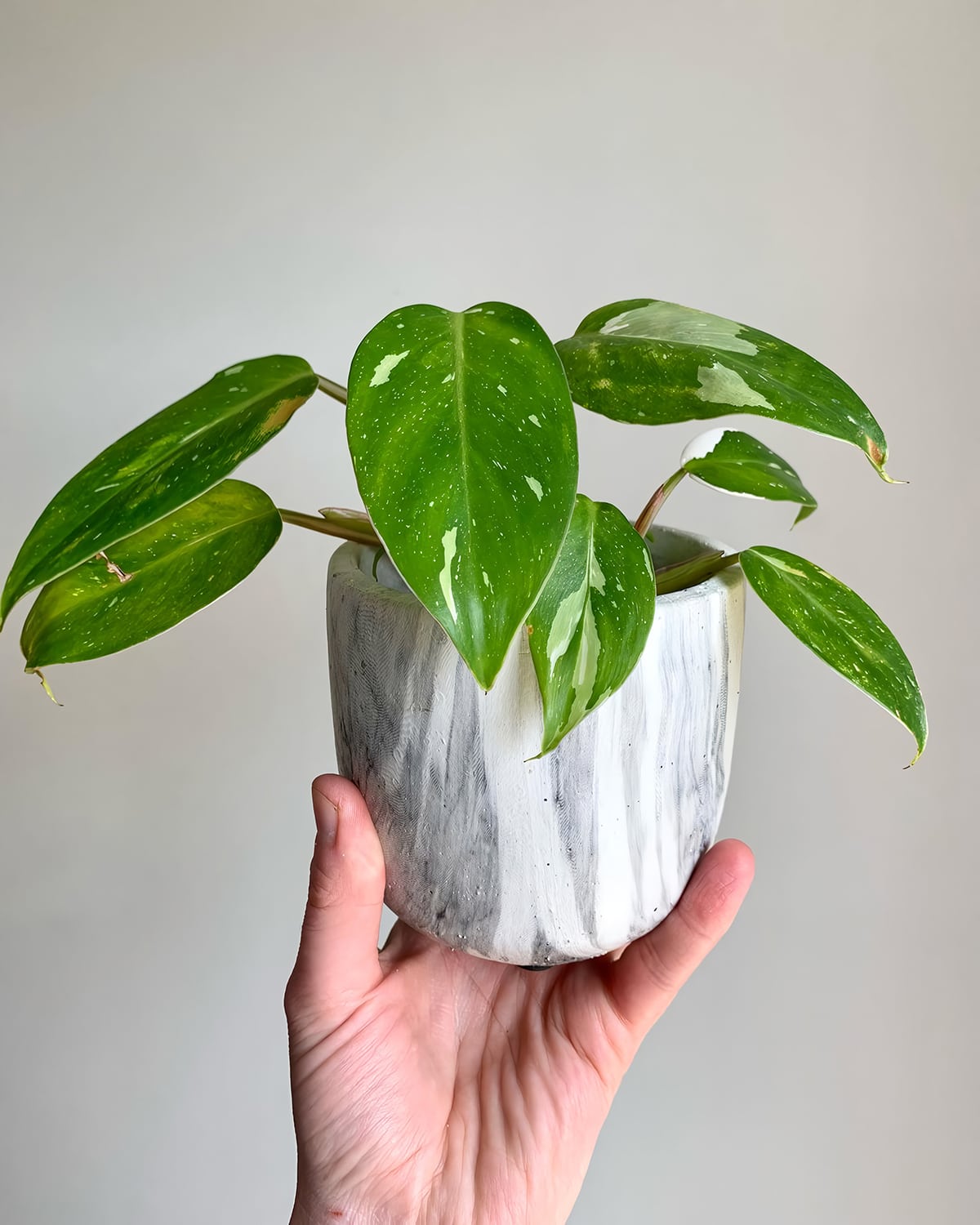
When starting your White Princess Philodendron, choose a well-draining potting mix. A combination of peat moss, perlite, and vermiculite will create a suitable environment for your plant to thrive. Ensure the pot has drainage holes to prevent waterlogging and root rot.
Repotting your White Princess Philodendron is an essential process for continued growth. You should repot every 18-24 months, or when you notice roots growing out of drainage holes or soil compaction. Choose a pot that is one size larger than the current one, ensuring ample space for root development. To repot, gently remove the plant from its old pot, place it into the new pot, and fill it with fresh potting mix.
Always remember to water your philodendron after repotting to help it settle into its new environment. However, avoid overwatering as this can lead to root rot.
